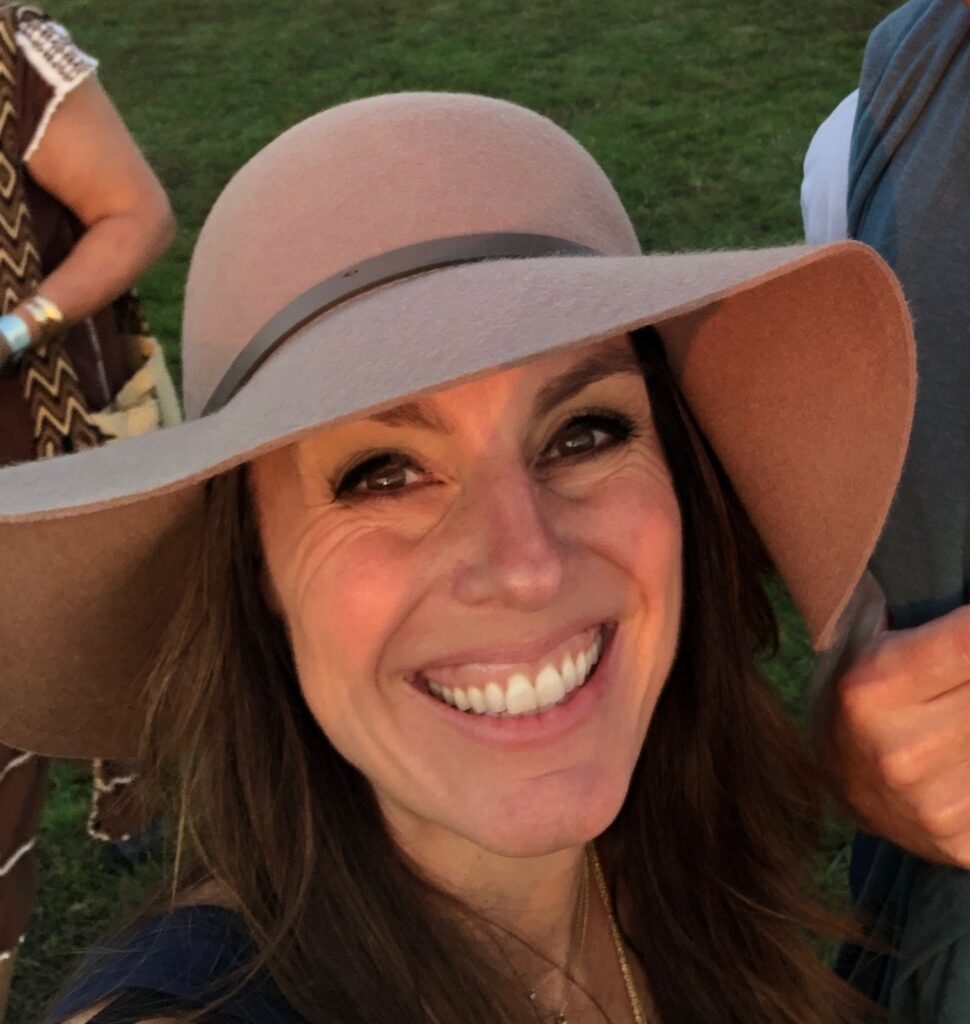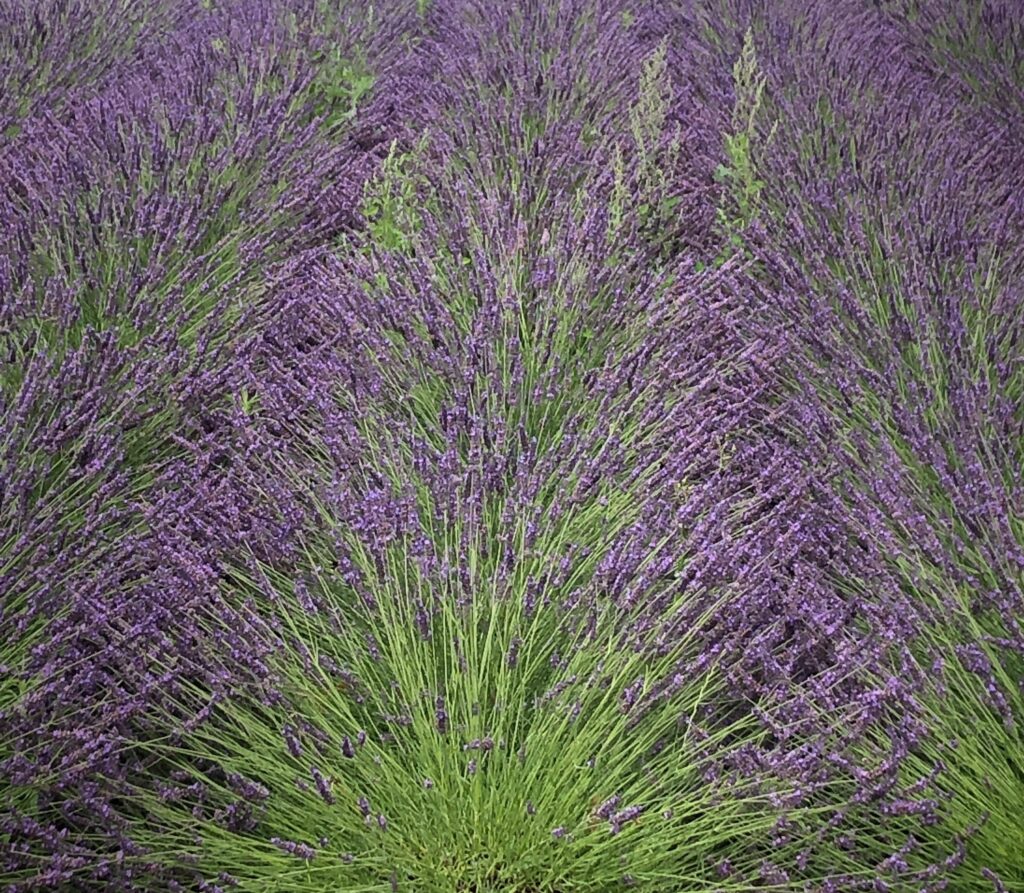Simple Soil Tests for Garden Success

Simple soil tests? You may be thinking, ‘I’m not a scientist! Nothing sounds simple about that!’ But believe me. Simple soil tests are the quick and dirty (and CHEAP) way to get answers you need for a successful garden.

Growing up, I lived in Iowa for a few years. I was a tween/teen, so basically useless in the yard, but I do remember my dad saying something like, ‘You could throw a pair of sneakers in the backyard, and grow a sneaker tree here.’ The topsoil in Iowa runs DEEP, riddled with nutrients. It’s no accident the place is full of rolling farmland.

Fast forward thirty years, and I, their eldest daughter, bought a home on a one-acre property in Connecticut. I thought I’d plant some things. I’d seen it done. I could call my parents with questions. I bought some plants!

Then I watched them flounder.
Part of the problem was too much shade. The other part was a mystery to this budding gardener. My parents suggested plant food, but I was scared to fry the plants. I didn’t want to randomly buy or use too much either, because the runoff is terrible for aquatic life (we live on a watercourse). I kept reading I should test the soil, or have soil testing done. But who the heck does that? It sounded like a process! It also sounded expensive.

State-run Simple Soil Tests
Turns out, sending out your soil for testing is simple! Nearly every state university system does it, through what’s called the agricultural extension office. Basically, extension offices offer advice and research-based knowledge to anyone — from commercial grower to backyard gardener. The kicker is, the cost is minimal to use their soil analysis labs!

You literally dig up some dirt, put it in a small baggie, fill out their little form and mail it off with $15 (in CT; it will vary by state). Within a couple weeks, the elves at the extension office run tests on your soil, and send you a full report outlining its health.

The report tells you what nutrients are needed in that part of your yard if you want to grow flowers, fruits/veggies, grass, etc. It details exactly what fertilizer to buy, and how much of it to use. Gardening for dummies!

Wondering where to send your soil out for testing? Here’s a link to a state-by-state list, from a GREAT garden blog called Pith + Vigor. (She can take you well beyond tips, and onto the next level of gardening over there!)
Simple soil test instructions (CT featured):


- Print out your state lab’s form and instructions (CT here). Grab a Ziploc baggie for each sample you plan to take.
- Label the baggie to match how you titled the sample on the form (Front Yard, Veggie Garden, etc.)
- Indicate on the form the correlating codes for what you are looking to grow in this spot (up to 3 codes per sample in CT).
- With a trowel or spade, dig as many as 10 cores inside the sample area, at a depth according to what you want to grow (3-4″ for grass; 6-8″ for flowers and produce; 8-10″ for trees and shrubs). Altogether, you’ll only need a measuring cup’s worth of dirt in the baggie from all the cores in a sample area. Seal it, and shake to mix.
- Put the baggies in an envelope or small box, and mail it off to the address on the instructions.
- Drum your fingers anxiously waiting for the results!
It can take longer for the lab to process your samples in April/May when everyone in the northeast is planning their plantings. Each region will have peak processing times.
Keep in mind, the soil report will give you an idea of what nutrients your dirt lacks, and its pH. Armed with this info, you can be amend the soil, to improve growing conditions. However, the report can’t account for pests/sunlight/weeds/drainage/disease. That’s what you tackle next if tweaking the soil doesn’t do the trick. A gardener’s work is never (ever, EVER) done!




